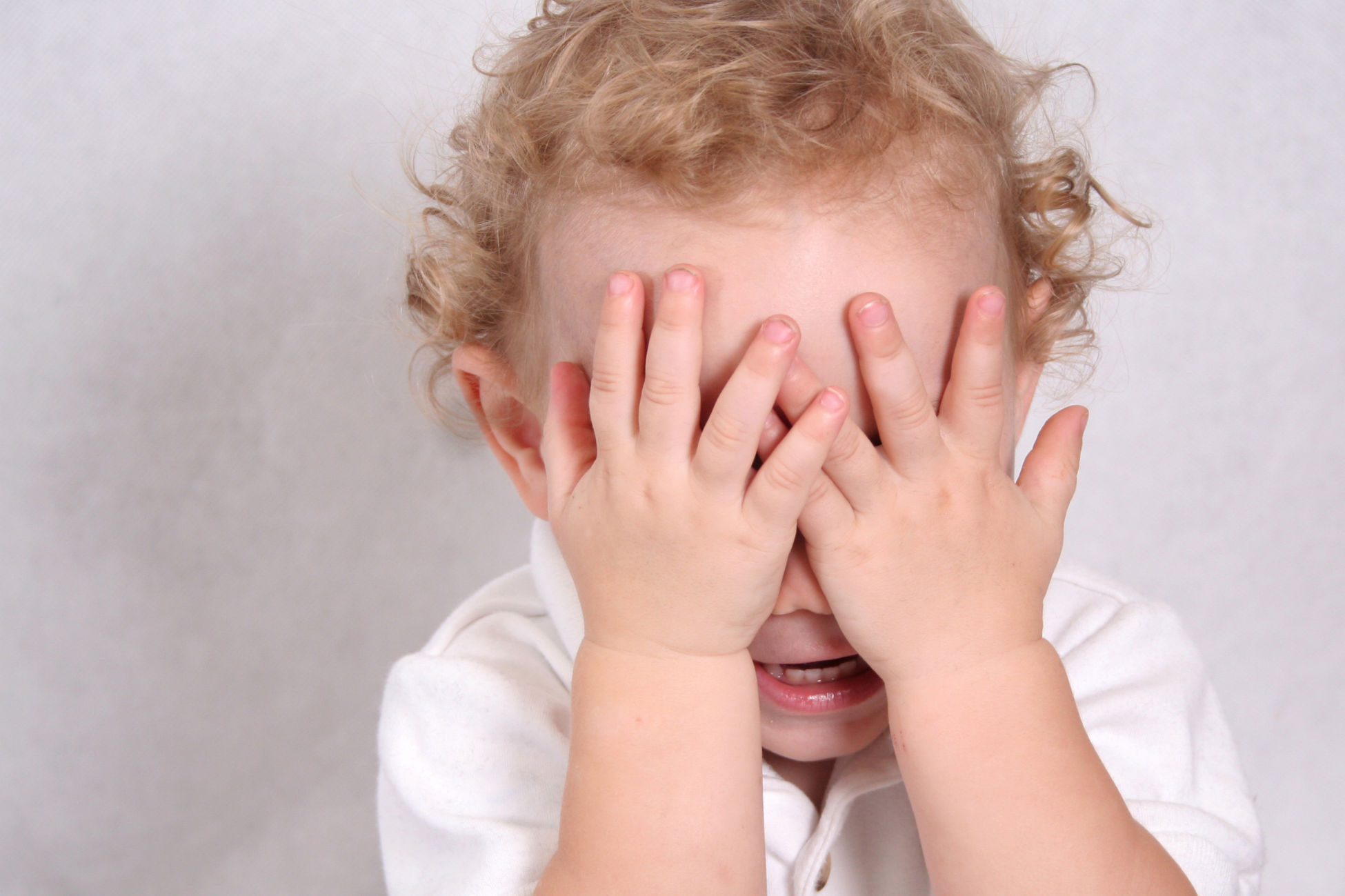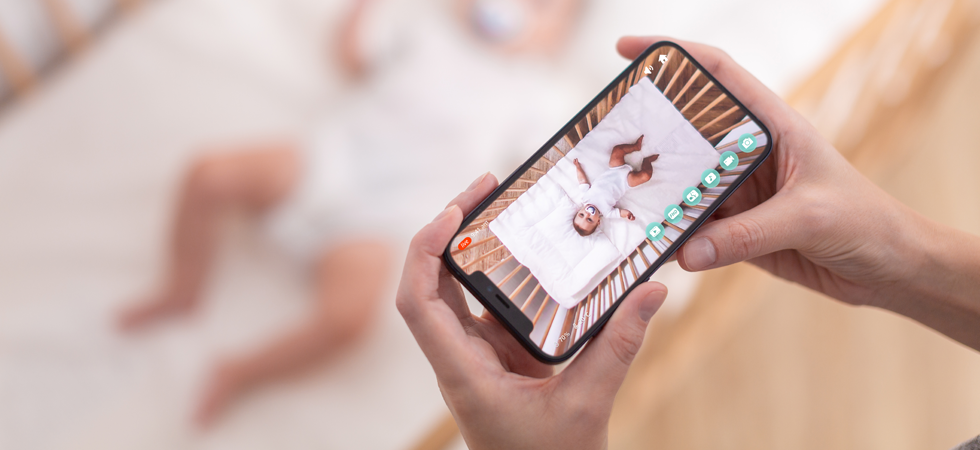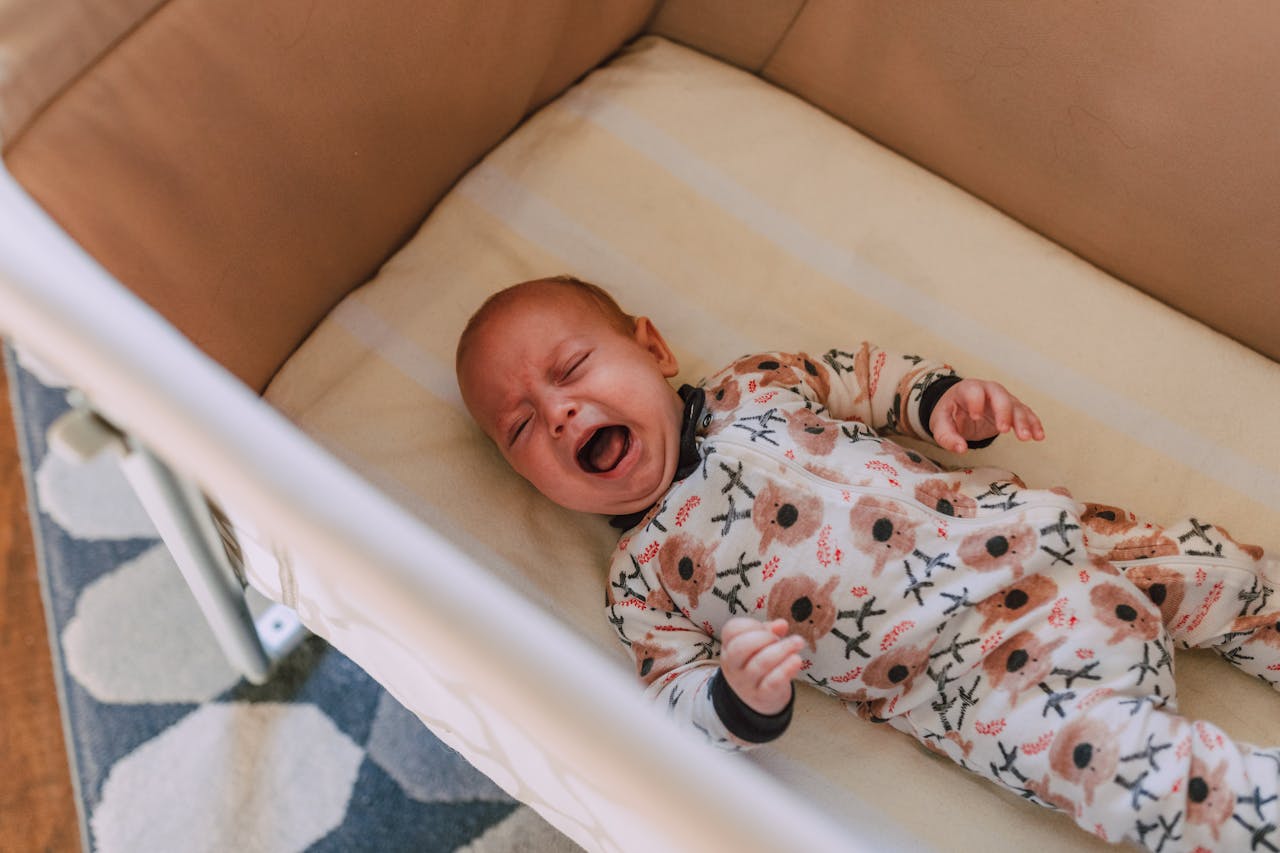You have taken the time to bond with your sweet baby from the moment they were born. You've spent countless hours snuggling, babbling, and staring into each other's eyes. The effort has paid off beautifully, and now you and your precious little one are inseparable.
Most parents want to celebrate that beautiful bond and all the work that went toward forging such a trusting relationship. However, the sound of your baby's cries might make that celebration difficult. Instead of shouting "Hooray!" you may be shouting, "I can't believe my baby cries when I leave the room!".
If you're wondering if that's normal, you're not alone. It's hard to listen to your precious baby's cries, even when you know they're safe and sound. We want to assure you that separation anxiety is normal and makes even seasoned parents feel stressed.
We're sure you have questions about the "why" behind the "cry!" We've created this guide to help you understand why your baby sounds the alarm as soon as you're out of sight.
Read on to learn our best new parent advice for dealing with baby separation anxiety.
The Peekaboo Problem

We'd like to encourage you to try an experiment. Play a game of peekaboo with your baby using a blanket and a toy. Cover the toy with the blanket, then remove it to reveal that the toy is still there.
This game is fun, but it can also teach you a lot about your baby's current stage of development! When you cover the toy, does your baby look for it? Do they reach out to try to remove the blanket themselves?
A younger baby might not attempt to search for the obscured toy. Developmentally, they don't understand that the toy still exists! That's what makes the blanket's removal such a thrilling surprise every time.
Your baby's newfound curiosity is due to the development of object permanence. This developmental milestone allows babies to understand that out-of-sight people and objects still exist.
Object Permanence and Separation Anxiety

Every baby is different, but most babies develop object permanence at about eight months. It's a massive developmental leap for most babies and comes with some growing pains. It is the first tiny step toward developing complex, symbolic thought.
Along with object permanence, babies develop the ability to "hold" things in their minds. They will need this skill to string words together and communicate. It also makes imaginative play possible.
Your baby's growing capacity for memory extends beyond simple objects. They are now becoming aware that their beloved grown-ups can leave the room. They understand that you are missing and can't comprehend why you aren't by their side!
A baby's greatest need is to feel safe. As object permanence develops, babies need to explore their security in this strange new world. They cry because they need to know that their parents are coming back!
Until they are sure that they're safe, this uncertainty manifests as separation anxiety. It is a sure sign that your incredible baby is learning and growing.
How to Stop a Baby from Crying
Well-meaning relatives will likely tell you that "your baby needs to be more independent." While they probably don't mean any harm, this is not necessarily true. All babies need is to feel secure.
Still, all parents want to ensure that their baby is happy. The extra crying can feel overwhelming. Is there a way to stop it?
First, recognize that this stage is temporary. It tends to reach a peak when your baby is 12 months old.
After that, a securely attached baby will naturally calm down. They might still miss you, but they will be older, wiser, and understand more about their growing world. Until then, here are a few techniques to try.
Use a Smart Baby Monitor

One of our best new parenting tips is to use a Pixsee smart baby monitor to make separation easier. You can provide your baby with the opportunity to self-soothe without worrying that they're in distress. You can look in on your sweet baby night or day with Pixsee's 5MP high-definition camera.
Pixsee comes equipped with tools that make it easy to soothe your baby from a distance. Parents love the curated parenting playlist, which allows you to play music remotely. Two-way talk capabilities will enable you to comfort your baby from any location.
Your Pixsee smart baby monitor eliminates the distance between you and your sweet baby.
Focus on Feeding
You've seen how your baby's behavior changes when they're hungry. A hungry baby tends to have a more emotional response to separation. If your baby will be alone, preemptively ensure that their tiny tummy is full.
Offer a Distraction
Babies have short attention spans. Use that to your advantage and distract your baby with a toy or other object during your departure. It's difficult to focus on what's missing when they have something interesting to explore.
Create a Routine
All babies thrive on predictability. If you create a routine around departures, it will make separation easier over time. With repetition, your baby will learn what to expect and won't react as strongly to the transition.
For example, you might offer a cherished comfort item right before leaving. You could also sing a special song before you go. Don't forget to provide plenty of snuggles when you return!
Baby Cries When I Leave the Room: Now You Know Why!

The sound of your sweet baby's cries is powerful. Knowledge is power, too, and now you're well-equipped to handle that tricky separation anxiety! When you tell the world, "My baby cries when I leave the room," it can be with pride because you know they're on the right developmental track.
Are you looking for a way to keep your eye on your sweet little one, even when you're apart? The Pixsee smart baby monitor can virtually eliminate the distance between you and your baby.
Visit Pixsee Shop or Amazon online store to learn about Pixsee's features, including HD video and two-way talk.







